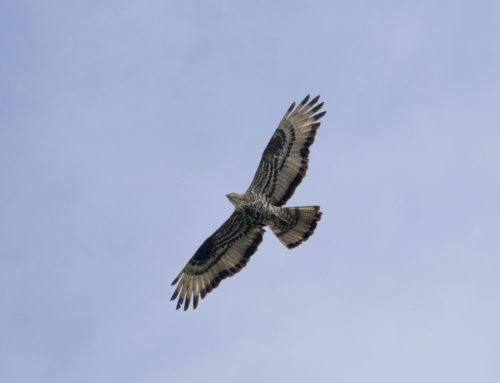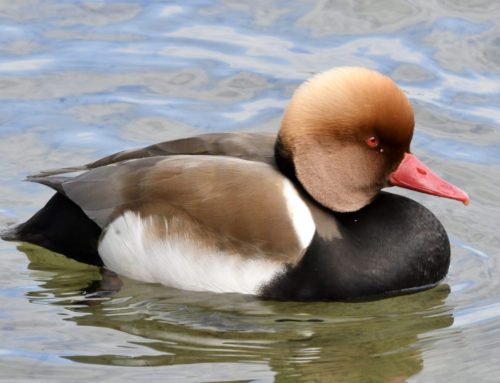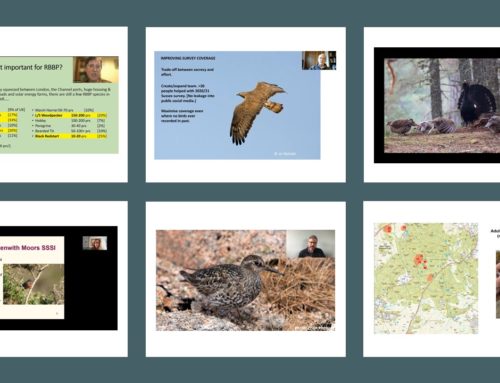
A whimbrel watching very closely in the vicinity of a nest; Ian Francis
National Whimbrel survey – an update
This summer saw the completion of fieldwork for the national whimbrel survey. As noted in our previous blog in May, whimbrels are rare breeding birds, confined principally to Shetland with a few pairs elsewhere in some of northern Scotland’s other islands and the mainland. In rounded terms, the estimated UK population in the previous national survey in 2009 was around 300 pairs.
There was much interest in the survey, which was organised by RSPB Scotland and thankfully, despite Covid-19, good coverage was achieved through a combination of local volunteers, visiting surveyors, sabbatical projects and help from some other organisations such as Nature Scot, the Royal Air Force Ornithological Society and the Viking wind energy project in Shetland. Surveys were targeted at known high-density areas (in the previous survey), and a representative sample of lower density plots. All visits aimed to cover the ground thoroughly, to map and count all whimbrels present and use their behaviour to help interpretation of numbers – the same method as the 2009 survey. All surveyors were licensed by Nature Scot. The aim was to achieve full coverage of all high-density areas in Shetland and outliers in Orkney, the Western Isles and some parts of Caithness. Sampling the lower density areas of Shetland allows extrapolation for the rest of the habitat on the islands.

West mainland Shetland – part of an area with several pairs of whimbrels; Ian Francis
Results are still being collated but there are clear pictures for some areas. Provisionally, in Shetland there were substantial declines in Fetlar and Unst (both close to 50%), declines in south mainland, similar figures to 2009 in several areas of west mainland and on Yell, but substantial increases in Whalsay and some parts of north mainland (both c. threefold). Away from Shetland, this year in the Western Isles similar (though very small) numbers were found to 2009; unfortunately, no birds were found in Orkney or Caithness but one breeding pair was located at a new site in mainland Scotland.

Whimbrels are very vocal, with song and alarm calls; Ian Francis
We hope that the checking and analysis will be completed over the coming winter with a population estimate available in the spring of 2022. Despite some declines, it’s heartening that at least in some parts of Shetland there are still some quite dense clusters of breeding birds, with some changes in the locations of higher density areas between surveys. This may be in response to habitat or to changes in potential pressure from predators such as Bonxies.

Adult alarming with chicks nearby; Ian Francis

Whimbrels can defend their territories aggressively against predators; Ian Francis
Whimbrels can be prominent and vocal birds in their breeding habitat, and where there are good numbers, their calls can be deafening! Over most areas though, numbers are lower and scattered. We hope that the final population estimate is not substantially less than in 2009; we are still early in the analysis and the overall picture is not yet clear. However, in European terms, there are indications of losses at the southern end of the breeding range (as shown in the European Breeding Bird Atlas 2; EBBA2). Will this be reflected in Scotland? We hope to be able to answer that by early 2022. Finally, we would very much like to thank all those who helped with the survey, in sometimes quite arduous conditions!
Ian Francis & Christine Skene






